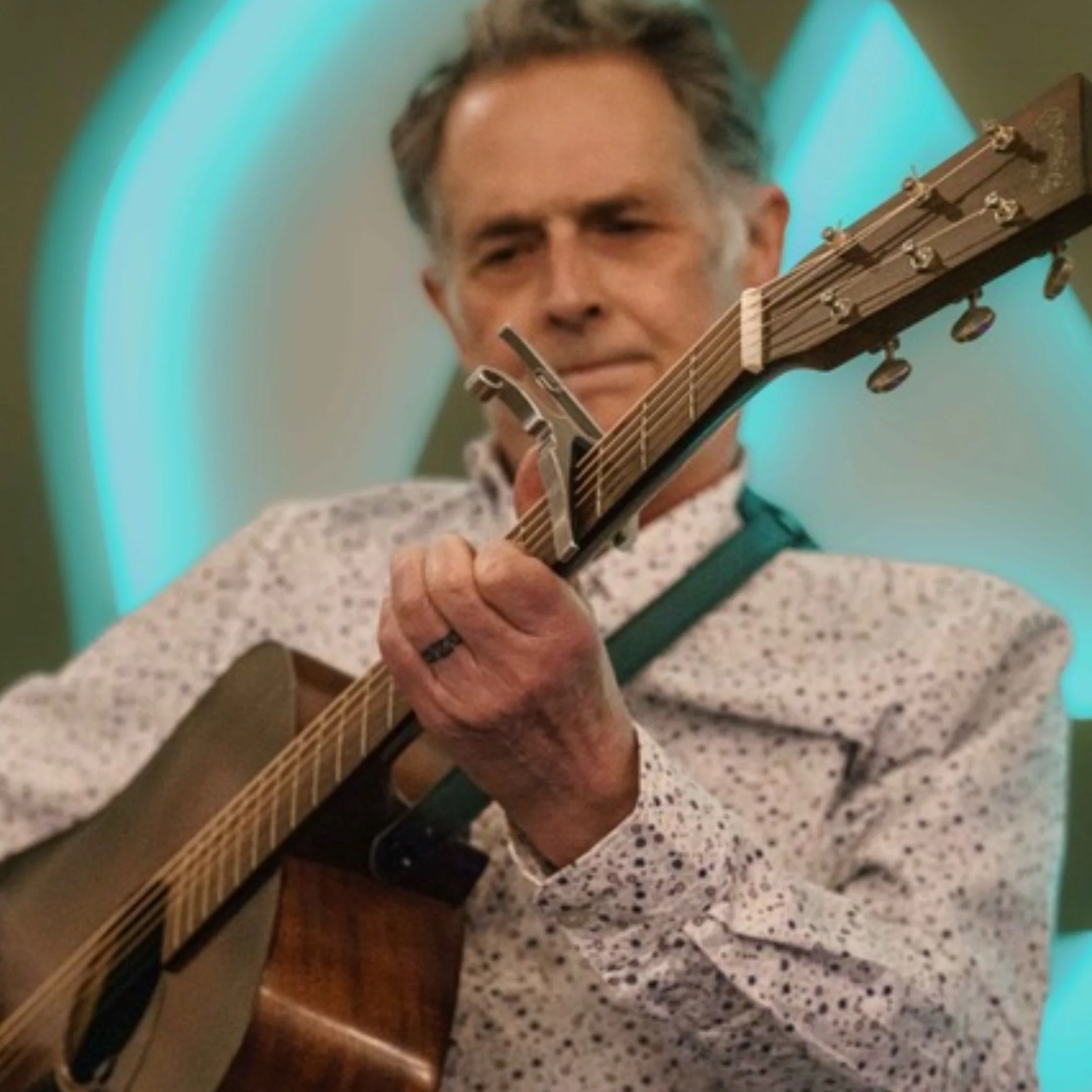Editor's note: This article was originally published on Sentier Psychotherapy’s blog CounselingMN.com. It is republished here with permission.
By Sarah Souder Johnson
The COVID-19 pandemic upended much of life as we knew it and people are now trying to make sense of what just happened to us. The existential weight of it is almost too much to comprehend, especially because it is still going on around the world. However, in the United States and here in our home state of Minnesota, we see rising numbers of vaccinated individuals and plummeting numbers of positive cases of COVID-19. We are receiving permission and even encouragement to resume “normal” activities. As we begin to see the restrictions of the pandemic in the rearview mirror, it can feel exciting and upsetting all at the same time.
So exciting: Friends! Hugs! Live events!
So upsetting: Anxiety. Stress. 600,000+ deaths.
In therapy, we call this the dialectic: when two seemingly conflicting truths exist at the same time.
For example, I have heard clients talk about all of these dialectics throughout the pandemic and also experienced some of them myself:
Quarantine was both terrifying and relieving. Some people described an exciting pandemic “honeymoon” period while at once knowing that others were sick and dying – and that it could also happen to them.
The pandemic brought job loss and financial devastation to many while also presenting the chance for important professional reflection and growth that may have never happened without the forced slow down.
Some people decided to make important changes in their lives that will bring them closer to peace and happiness while also being forced to reckon with painful changes in other areas of life.
And now we are facing another dialectic: It is very hard to act or feel like everything is fine even when the experts say it is safe to get back out there. So why is that?
Simply put, we have experienced trauma. The COVID-19 pandemic has combined the threat of physical harm (“I could get sick and die.”) with heightened psychological vigilance (the 24-hour news cycle, constant changes to the rules and recommendations, worry about getting others sick, missed events, lack of closure, grief). Taking precautions like social distancing, masking, and immunization helped keep us safe, but it also meant being on guard all of the time. In addition to the pandemic, we also collectively felt stress from natural disasters, racial injustice and human rights violations, political turmoil, and police and community violence.
If you don’t quite feel like yourself, rest assured there is a good reason for that. Brain fog is a common symptom of chronic stress, and “chronically stressful” is an apt description for the circumstances of the past year. Under threatening conditions, the brain gets hijacked by stress. Then hormones like adrenaline flood the body and the nervous system goes into what is commonly known as fight, flight, or freeze to help keep the body safe. It becomes difficult to concentrate, reason, and have a clear sense of time and perspective when we are on high alert at all times waiting for something bad to happen. This is brain fog. Another common symptom is disorientation, especially under ambiguous circumstances. Although the virus is receding, there will be no hard and clear end to it, and that type of uncertainty increases anxiety even more.
Remember that you have lived through a series of rapid changes following a very abrupt shutdown. If you are feeling more upset than excited and struggling to return to “normal,” gently consider the following tips for recovery:
Get organized. Show yourself compassion by using a calendar to track plans and tasks and set reminder alarms. Carving out a little more time than usual for daily tasks will increase the effectiveness of your work and give you a sense of accomplishment.
Leave your home. You may be isolating yourself after following recommendations to physically distance. Question any notion that you are better off alone as that is likely anxiety speaking and not a rational thought. Start by establishing a simple routine for going outside, make eye contact, run errands, and be around other people with increasing frequency.
Move your body. Movement creates new neural pathways that can help your brain get through mental blocks and also helps rid the body of stress hormones. This is particularly true with movement that engages both sides of the body in an alternating, repetitive motion. Take a walk, hop on a bike, or row a boat to help you process the big emotions of this new reality.
Humans recover best together. Your relationships may have changed over the past year, and that is ok. Conversations with just one trusted person about the highs and lows of your experience can help calm your nervous system, reintroduce a sense of lightness and safety, and move you toward feeling and functioning better.
If you are struggling more now than earlier in the pandemic, you are not alone. This is trauma, and it takes time to get back into your body, calm the nerves, and make sense of it. Accepting the dialectic of the present moment – that it is indeed both exciting and upsetting at once – can get you feeling more like yourself again.
Sarah Souder Johnson, M.Ed., LPCC, is the co-founder and board chair of Dissonance and a therapist at Sentier Psychotherapy in St. Paul, Minnesota.





